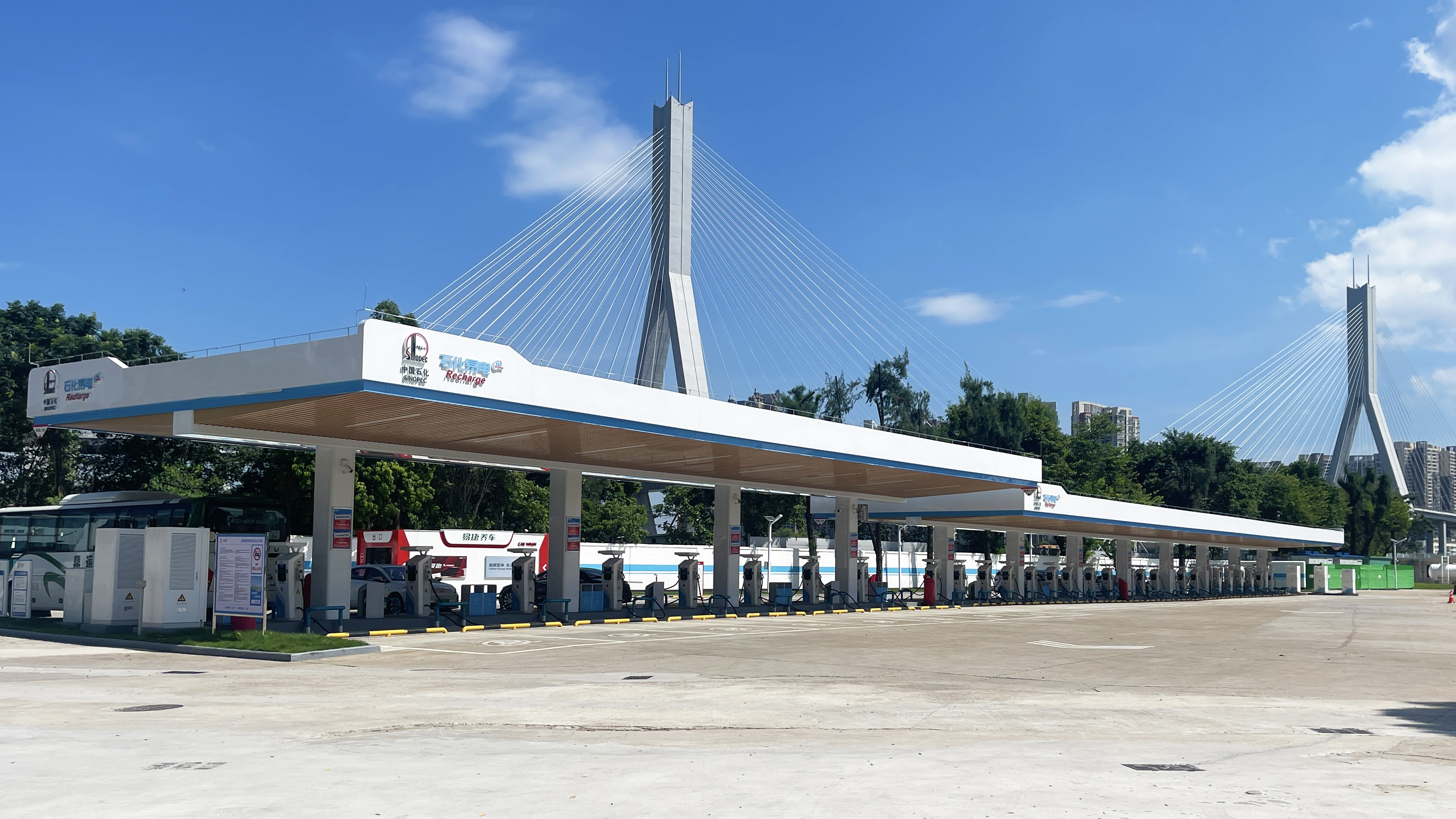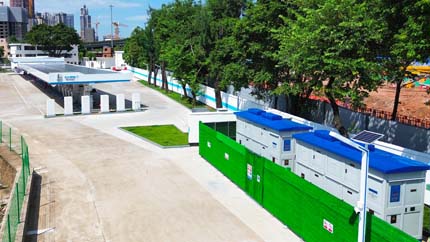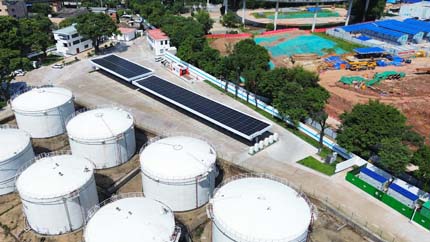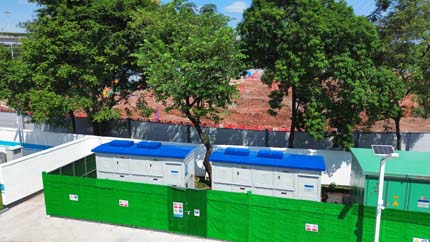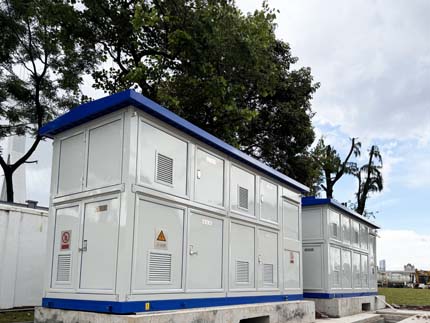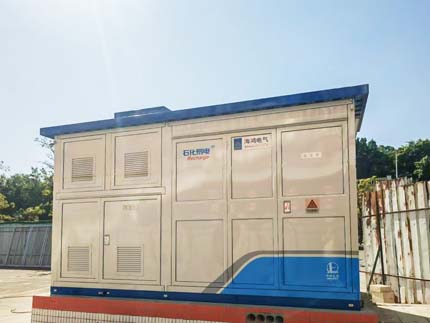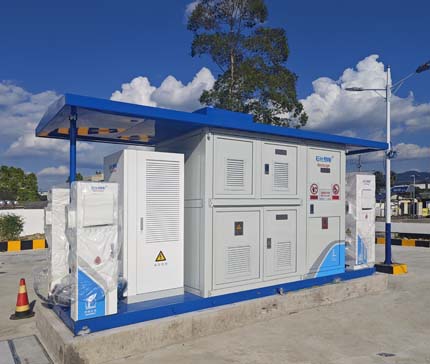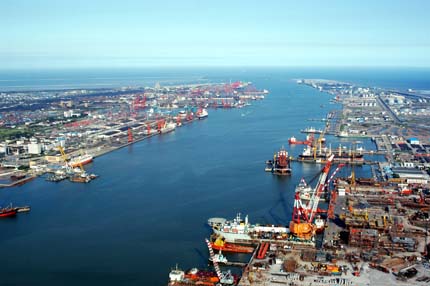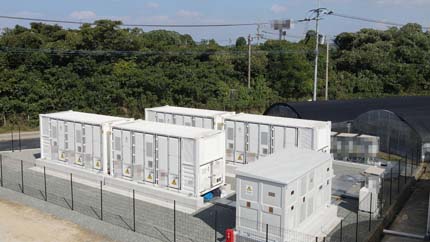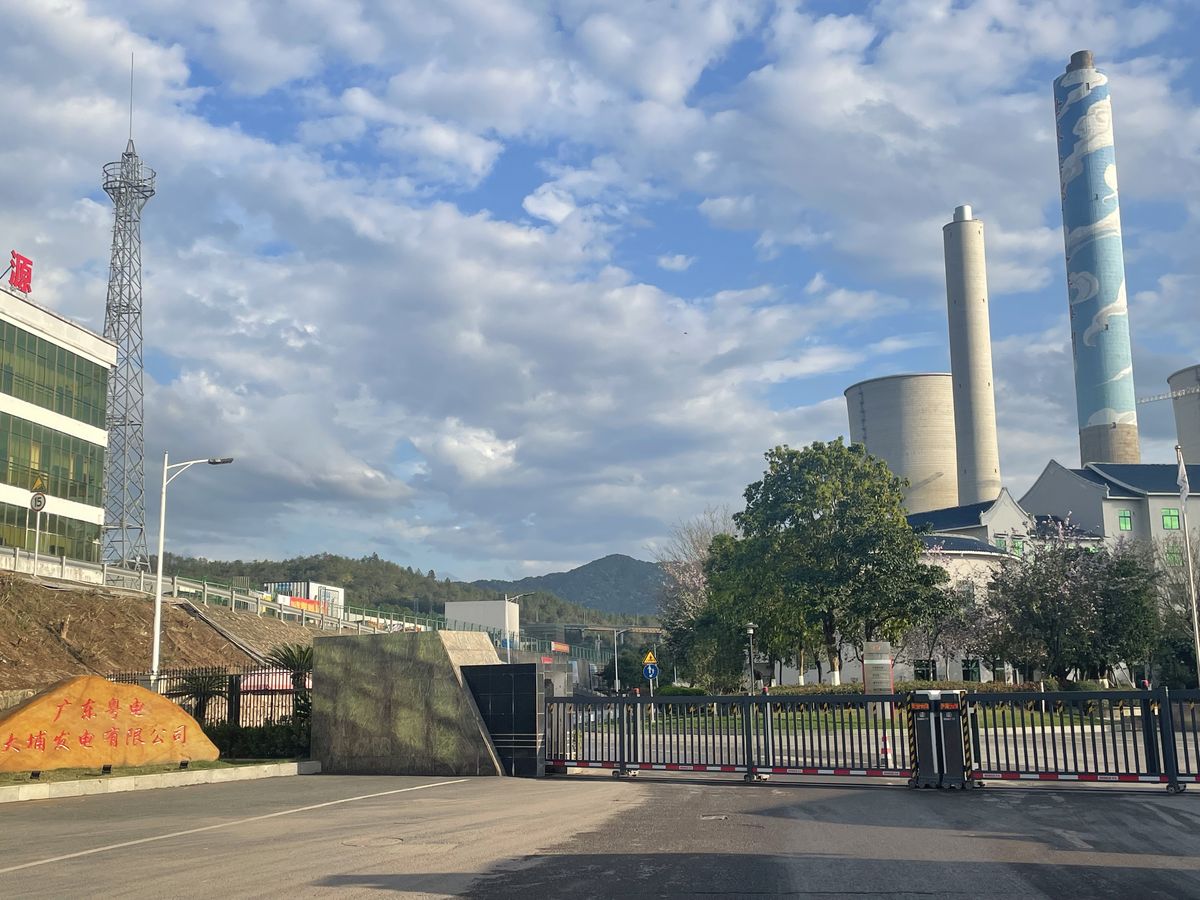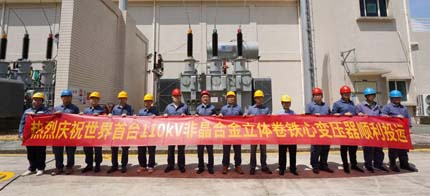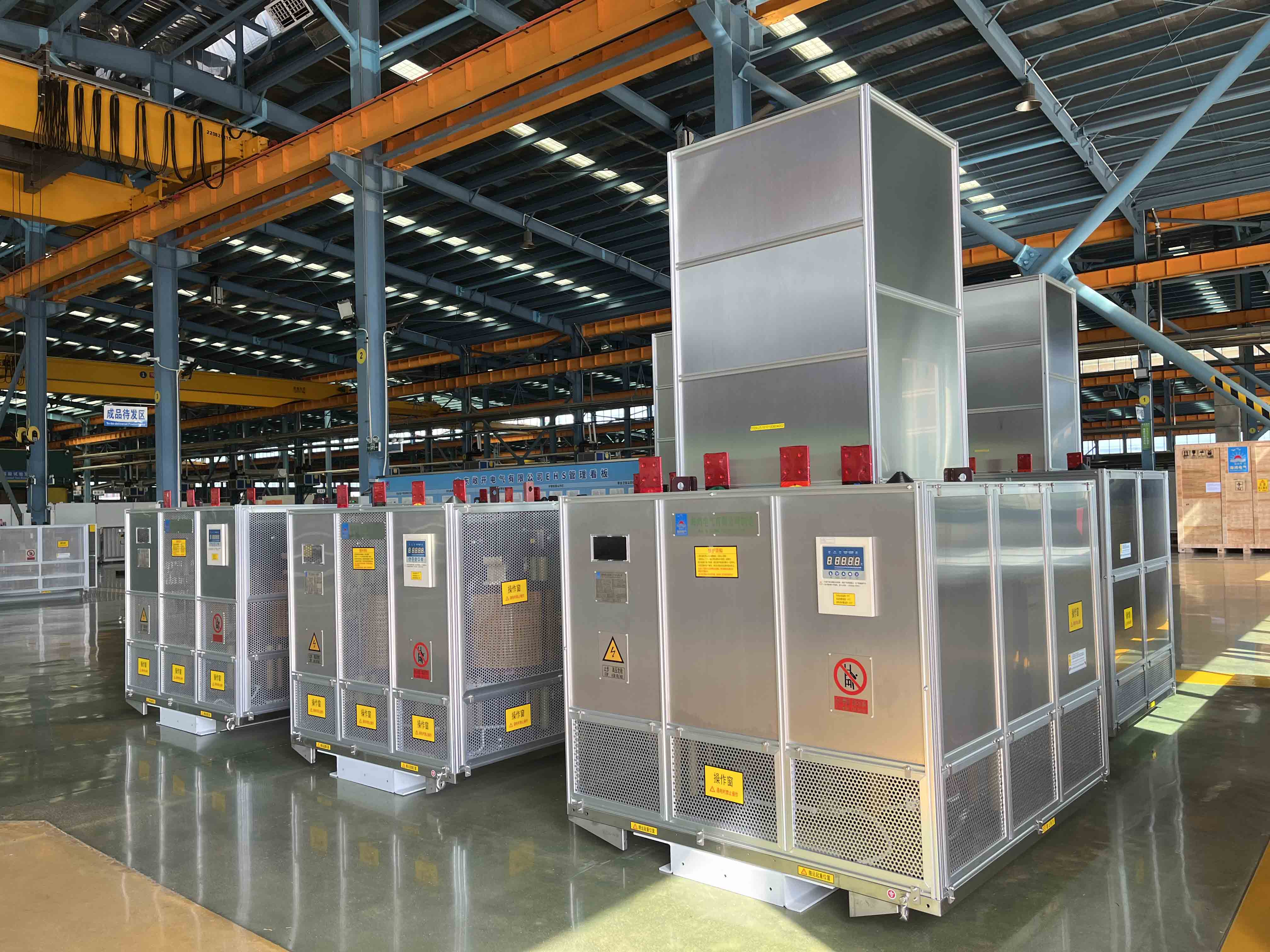Service Appointment & Enquiry
Customer Service Tel: 4000-0750-68
Service Appointment & Enquiry
Customer Service Tel: 4000-0750-68
The Sinopec Guangzhou Baihedong Integrated Energy Station has adopted the Double-layer Double-transformer Substation manufactured by Haihong Electric to create Guangdong's first flagship integrated energy smart station. Recently, the station was selected for Guangzhou's first five-star rating list for public electric vehicle charging and battery swap stations. This project not only serves as a benchmark application of the Double-layer Double-transformer Substation in the charging station sector but also marks a new phase of collaboration between Haihong Electric and Sinopec, injecting fresh momentum into the high-quality development of urban charging infrastructure.
Technological Breakthrough: Core Advantages of the Double-layer Double-transformer Substation
The Baihedong Integrated Energy Station employs the Double-layer Double-transformer Substation co-developed by Haihong Electric and Guangdong Power Grid as its core power distribution equipment. With its compact size, high reliability, and energy-efficient power supply solution, it provides robust technical support for the efficient operation of the charging station, addressing industry pain points:
· Compact Double-layer Design: The two-layer substation structure places transformers on the upper level, reducing the footprint by 80% (including civil engineering foundations) compared to traditional solutions. This design perfectly accommodates the limited land resources available for charging station construction and improves land utilization at the renovated Baihedong old oil depot in Guangzhou's Liwan District.
· Enhanced Safety and Reliability: Featuring Open Ventilated 3D Wound Core Dry-type Transformers, the substation reduces combustible material content by 85% (compared to traditional resin dry-type transformers). Combined with flame-retardant insulation materials, high-temperature-resistant cables, and independent functional compartment isolation design, the product's fire safety is significantly improved. The transformer's low temperature rise allows for long-term full-load operation, while its low load loss ensures stable performance during peak hours, supporting 60 charging bays at full capacity.
· Dual-transformer Configuration: Two transformers are installed on the upper level, ensuring uninterrupted and stable operation of the charging station. This setup also facilitates low-cost capacity expansion in the future, accommodating higher-power ultra-fast charging demands and reducing the cost of charging equipment upgrades.
· Smart Microgrid Integration: Leveraging Haihong's intelligent energy-saving power distribution monitoring system and Sinopec's digital platform, the station enables real-time equipment monitoring, dynamic peak/off-peak pricing adjustments, and targeted customer marketing, collectively reducing operational and maintenance costs.
Powerful Collaboration: Building a Unified Charging Network
The Baihedong Integrated Energy Station exemplifies the strong partnership between the two companies and supports the green and low-carbon transformation of the traditional energy industry. Focusing on addressing range anxiety, Sinopec Guangdong Petroleum has developed a three-tier charging network strategy covering "urban areas, national/provincial highways, and rural towns," effectively serving customers with urban commuting, long-distance business travel, and short-distance travel needs. Haihong Electric has tailored energy-saving power distribution and charging station products to meet Sinopec Guangdong Petroleum's site construction requirements, empowering the development of charging stations at all levels. The Double-layer Double-transformer Substation, compact double-layer prefabricated substation, and integrated vehicle charging stations all adopt prefabricated production methods, accelerating construction timelines. Currently, Haihong Electric and Sinopec have collaborated in multiple cities across Guangdong, including Guangzhou, Huizhou, Zhanjiang, Yangjiang, Meizhou, and Heyuan.
Guangdong Model: Driving High-Quality Development
The Baihedong Integrated Energy Station sets a replicable example of innovation for the industry. By repurposing idle oil depots and optimizing land use, the station has become the province's first flagship integrated energy smart microgrid facility, combining charging stations, photovoltaic systems, V2G technology, energy storage, retail, public services, and leisure amenities. It explores a green transformation path for "revitalizing old sites." Haihong Electric's high-reliability technology and professional services strengthen the station's power distribution foundation, enabling safe, comfortable, and hassle-free operation. Built to high standards, the station promotes industry service standardization through its star-rated evaluation system, serving as a model for urban central charging stations and offering a "Guangdong Solution" for nationwide charging network development.
With the Baihedong Integrated Energy Station as a benchmark, the collaboration between Haihong Electric and Sinopec provides an innovative demonstration for Guangdong's high-quality charging infrastructure system. By applying core technologies such as 3D Wound Core transformers and Double-layer Double-transformer Substations, the partnership addresses critical challenges in power distribution safety, operational efficiency, and land constraints while enhancing overall performance through smart microgrids and dynamic energy management. Their in-depth cooperation in the three-tier "urban-highway-rural" charging network accelerates the deployment of multi-scenario charging and battery swap facilities across the province, driving the green transformation of traditional energy sites. This model not only optimizes land resource utilization and reduces operational costs but also offers replicable experiences for nationwide charging network construction through technological empowerment and standardized services, strongly supporting the low-carbon development of the transportation sector under the "dual-carbon" goals. As the partnership deepens, the two parties will continue to inject new momentum into the high-quality development of new energy infrastructure.
*The copyright of the above picture belongs to HAIHONG Electric Co., Ltd.Please contact for authorization if you need to reuse it.
